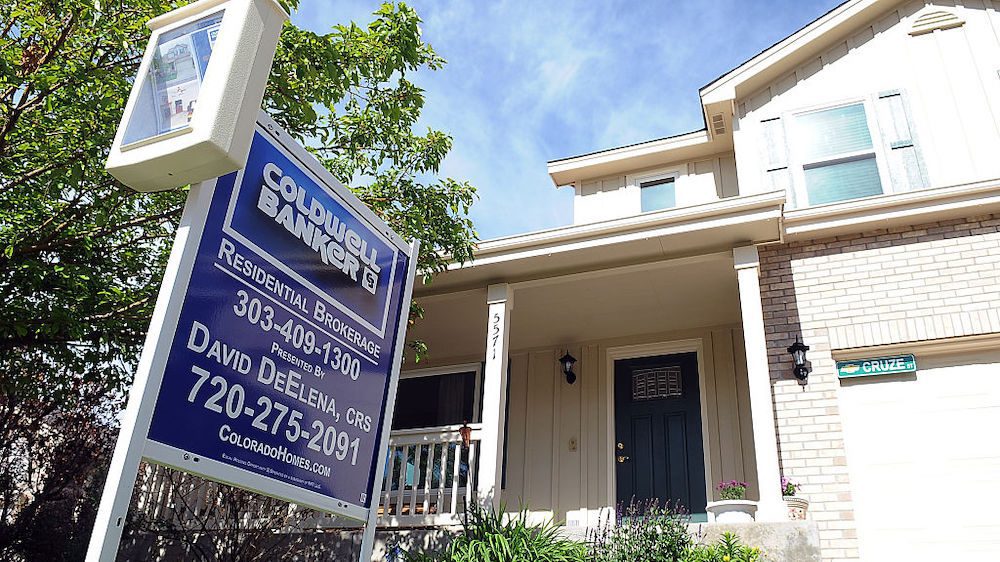
Steve Nehf / The Denver Post via Getty Images
Home-price growth slowed slightly in May, as home sales fell for a third straight month due to a widespread shutdown of economic activity in many parts of the country.
The S&P CoreLogic Case-Shiller National Home Price Index, which measures average home prices in major metropolitan areas across the nation, rose 4.5% in the year that ended in May, down from a 4.6% annual rate the prior month.
Sales of previously owned homes, which make up the bulk of the housing market, dropped 9.7% in May from a month earlier, according to the National Association of Realtors, as the pandemic continued to keep potential buyers at home. Existing-home sales have since surged 20.7% in June.
A shortage of homes for sale around the U.S. has kept home-price growth from slowing further, economists say. Record-low interest rates have boosted demand from home buyers, while the inventory of homes for sale has dropped from year-ago levels as sellers remain cautious.
The Case-Shiller index reflects a three-month moving average. “You had the shutdowns in mid-March, you had the heart of the lockdown in April and some recovery in May,” said Mark Fleming, chief economist at First American Financial Corp. But given the current strong demand and supply shortage, “everything that I’m looking at suggests that house price appreciation is already reaccelerating,” he said.
Also on Tuesday, the Commerce Department reported that the homeownership rate rose to 67.9% in the second quarter, up from 64.1% a year earlier and the highest level since mid-2008. However, the department said that its data collection was affected by the coronavirus pandemic and its survey response rates declined, which could affect the accuracy of its estimates.
The Case-Shiller 10-city index gained 3.1% over the year ended in May, compared with a 3.3% increase in April. The 20-city index rose 3.7%, after an annual gain of 3.9% in April.
Economists surveyed by The Wall Street Journal expected the 20-city index to gain 4.4%.
The 20-city index has measured only 19 cities since March due to transaction reporting delays in Wayne County, Mich., according to S&P Dow Jones Indices. Price growth accelerated in three of the 19 cities.
Phoenix had the fastest home-price growth in the country, at 9%, followed by Seattle at 6.8%.
A separate measure of home-price growth by the Federal Housing Finance Agency released last week found a 4.9% increase in home prices in May from a year earlier.
The homeownership-rate data showed that the number of owner households rose in the second quarter from a year earlier, while the number of renter households fell. A decline in renter households was largely expected, as many college graduates and other renters moved in with friends and family due to the pandemic.
For households headed by someone under 35 years old, a key source of homebuying demand, the homeownership rate rose to 40.6% from 36.4% a year earlier, the data showed.
The post U.S. Home-Price Growth Decelerated in May appeared first on Real Estate News & Insights | realtor.com®.
